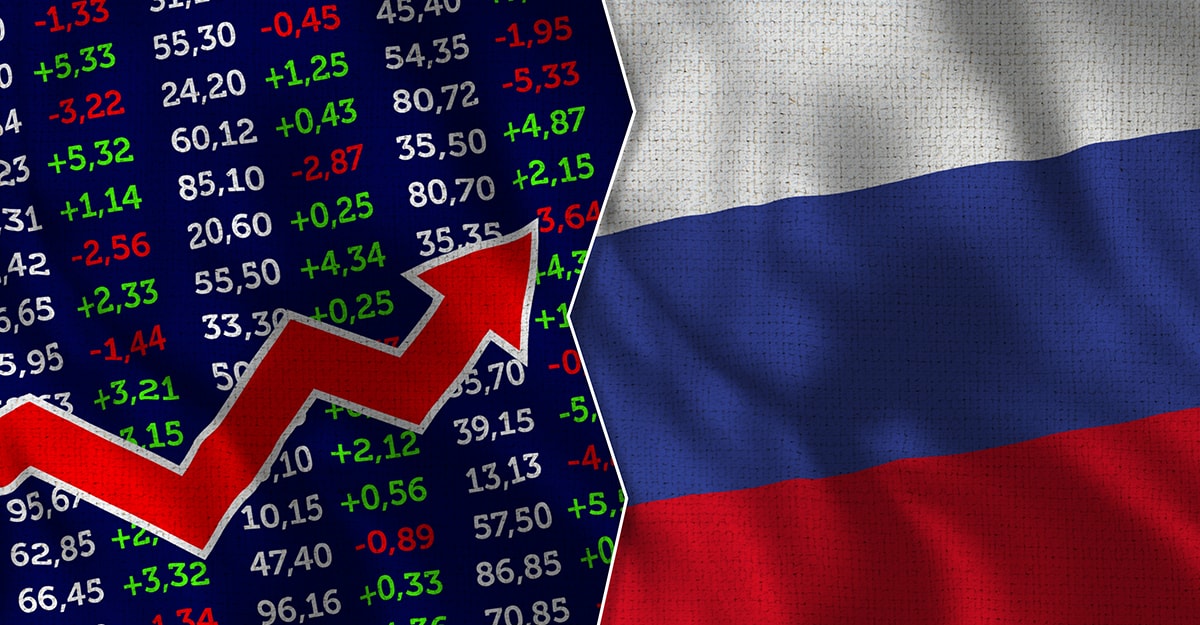Companies look to make up for time lost to Covid-19.

The Russian IPO and M&A scene is heating up; deals that were postponed by the pandemic are being pushed through as an economic recovery sweeps through the country.
Russia could see upward of $10 billion raised via IPOs in 2021, according to a March forecast made by investment bank UBS. That would make for the most active year for offerings of Russian issues in more than a decade, after less than $2 billion in proceeds last year.
Low-priced retailer Fix Price kicked off the action in March, raising $2 billion in the biggest share offering of a Russian company since 2014. Held on the London Stock Exchange, the IPO was the biggest ever for a Russian retailer and was valued at $8.3 billion. Midsize gold producer GV Gold was set to be the second out of the gate later the same month, until the company pulled the deal at the last moment due to market volatility and concerns over new US sanctions on Russian companies, according to press reports.
At the end of April, forestry holding company Segezha Group raised approximately $400 million in an offering on the Moscow Stock Exchange. The company is owned by Sistema, one of Russia’s largest conglomerates with retained 73.7% ownership of Segezha.
Coming up later—most likely next year—Russian cybersecurity firm Positive Technologies seeks to go public despite being the target of US sanctions imposed in April that prohibit the company from working with US financial institutions. Last year, the company grew sales by 51%, to just under $85 billion. Media reports suggest it would aim to raise between $200 million to $300 million in a Moscow offering.
And on another front, Russian news reports suggest that Dubai-headquartered—but Russian-founded—messaging app Telegram has said it may seek to go public over the next few years, aiming for a valuation between $30 billion and $50 billion.
Meanwhile, the country’s retail sector has seen a flurry of deals, with two major mergers announced within days of each other.
The country’s second-largest retailer by revenue, Magnit announced in mid-May that it’s buying rival Dixy, the third largest, for $1.25 billion, reported bne IntelliNews. A one-time international portfolio-investor favorite, Magnit fell out of favor after the 2018 departure of founder Sergei Galitsky. State bank VTB then became the company’s largest shareholder. The retailer fueled its growth by focusing on regional towns and villages—pointedly ignoring Moscow and St. Petersburg, by far the country’s two largest markets. The Dixy acquisition will provide Magnit with a presence in these communities.
Just two days later, the country’s fourth-largest food retailer by sales, Lenta, announced that it would acquire the supermarket business of Billa Russia, the country’s fifth-largest food retailer, in a reported $263 million all-cash transaction, reported Reuters. Once closed, the combined group will be Russia’s second-largest food retailer in Moscow, after industry leader X5. Even after the recent deals, Russia’s retail sector is highly fragmented compared to developed markets, suggesting that the consolidation process will continue in coming years.
Although the retail, tech and other sectors saw some M&A activity, the hydrocarbons sector has seen the biggest deals. At the end of 2020, global commodities trader Trafigura bought a 10% stake in Russian state oil producer Rosneft’s Vostok Oil, which operates a number of fields and projects in northern Russia and the Arctic, for €7 billion (approximately $8.6 billion). Rosneft CEO Igor Sechin—former deputy prime minister and a longtime confidant of President Vladimir Putin—forecast that Vostok Oil could produce up to a million barrels per day by 2027. Fast-growing lender Credit Bank of Moscow, which has links to Sechin and Rosneft, funded part of the deal’s debt facility, the Financial Times reported in January.
And there should continue to be a flow of energy deals in hydrocarbons in Russia, consultancy KPMG noted in its 2020 Russian M&A Review, which it released in February 2021. It will be driven in part by “the country’s energy strategy, up to 2035, [which] is to expand LNG [liquified natural gas] capacity and to maintain oil production at current levels, at least,” write the report’s authors, while pointing out that “opportunities will increasingly be seen in the renewable energy sectors and in the area of energy management.”



